By Penny Pawl, UC Master Gardener of Napa County
Ceanothus is ideal for use in our Napa Valley gardens. The plant is native to California and very drought-tolerant once established. There are almost 50 species in our state and most are evergreen. It blooms all summer with lilac-like blossoms. Among the many types of Ceanothus, also called California lilac, are ground covers and bushes, with both white and blue blooms.
After the first year, Ceanothus does not need to be watered. More Ceanothus have been killed by too much water than not enough. This plant does not need to be loved to death. I was given a Ceanothus sonomensis by a friend on Atlas Peak and I knew it was rare and I did love it to death. After the fire on Atlas Peak in 2017, many seedlings of this species sprouted and there is hope it will survive. It occurs in only one place in Napa County.
Ceanothus is a Greek word meaning “spiny plant.” While most of the species are in California, Ceanothus are also found throughout the West all the way to the Rocky Mountains and as far south as Guatemala. In California they grow from near sea level to an elevation of 9000 feet.
If you decide to include Ceanothus in your landscape, learn what keeps this plant happy and what type of plants make good companions. Ceanothus want a sunny location with well-draining soil. Do you want a ground cover or a tall bush or even a small tree? Most Ceanothus appreciate mulch around the root area and some fertilizer occasionally. If possible, provide a sheltered spot away from harsh winds.
I found excellent information on Ceanothus in Gardening in Summer-Dry Climates by Nora Harlow and Saxon Holt. The book tells you where each type originated and the zone where it does best. I recommend this book to everyone who wants a drought-tolerant garden. Napa Valley's USDA Zone is 9 and our Sunset Zone is 14.
Like legumes, Ceanothus are nitrogen-fixing plants. They pull nitrogen out of the air and transfer it to their roots. A bacterium then transfers this nitrogen to the soil. In contrast, many crops take nitrogen out of the soil and the nitrogen has to be replenished with fertilizer. Nitrogen-fixing plants like clovers, lupines, beans and peas are planted in late fall to help keep the soil healthy.
Companion plants for Ceanothus should have the same care requirements. Consider drought-tolerant California natives such as lamb's ears (Stachys byzantina), lavender, and any of the many varieties of sage and sedum. Even if we get a reprieve from the drought with a wet winter, lack of rain is a long-term issue in our area. So plan your garden carefully, wait for autumn to plant and then hope for rain.
Free Guided Tree Walk: Join Master Gardeners of Napa County for a tree walk in Fuller Park in Napa on Tuesday, July 13, from 10 a.m. to noon. Limited to 12 people per walk. COVID safety protocols will be followed. You will be asked health questions and asked to sign in. Face masks and social distancing are required. Register here.
Workshop: Napa County Master Gardeners will conduct a workshop on “The Art of Growing Succulents” on Saturday, July 17, from 9:30 a.m. to 11:30 a.m. via Zoom. Learn how to care for these unique, colorful and unthirsty members of the plant community. Register here: http://ucanr.edu/2021SucculentsJuly
Napa Library Talk: Napa County Master Gardeners will give a talk on “Planning a Moon Garden” on Thursday, August 5, from 7 p.m. to 8 p.m. via Zoom. Learn about this ancient nocturnal garden theme and pick up some design tips. Register at http://ucanr.edu/2021AugMoonGarden.
Food Growing Forum: Napa CountyMaster Gardeners will present a discussion of “Herbs and Starting Winter Vegetables by Seed” on Sunday, August 8, from 3 p.m. to 4 p.m., via Zoom. Register to receive the Zoom link: http://ucanr.edu/2021/FoodForumAug
Got Garden Questions? Contact our Help Desk. The team is working remotely so please submit your questions through our diagnosis form, sending any photos to mastergardeners@countyofnapa.org or leave a detailed message at 707- 253-4143. A Master Gardener will get back to you by phone or email.
For more information visit http://napamg.ucanr.edu or find us on Facebook or Instagram, UC Master Gardeners of Napa County.
Attached Images:
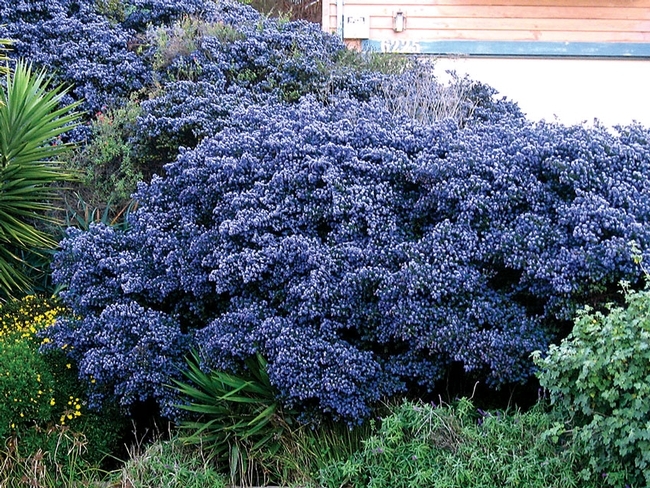
Ceanothus in shrub form. (ucanr.edu)
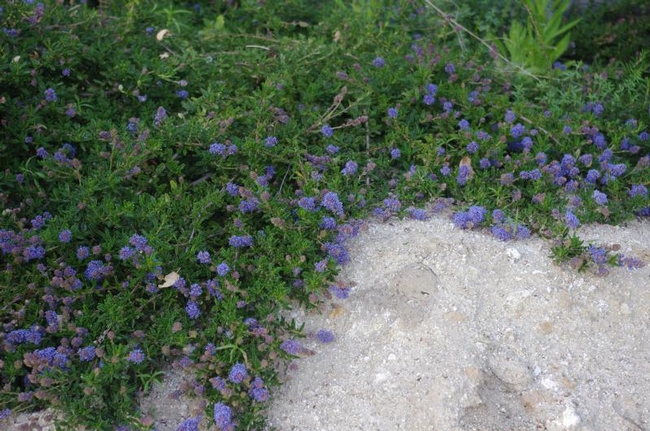
Ceanothus as ground cover. (laspilitas.com)
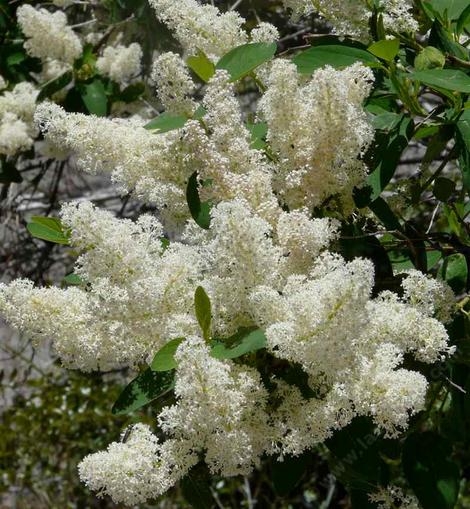
Ceanothus Deer Brush, one of several varities with white blooms. (laspilitas.com)
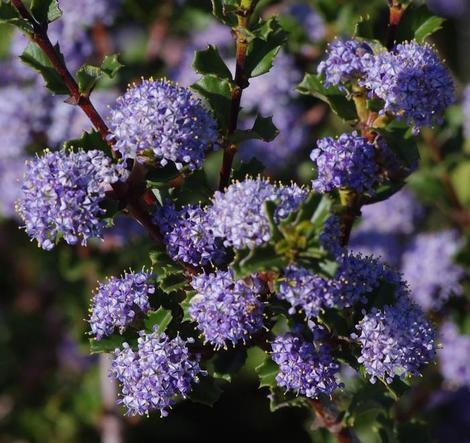
Ceanothus Blue Jeans, with lavendar colored blooms. (laspilitas.com)
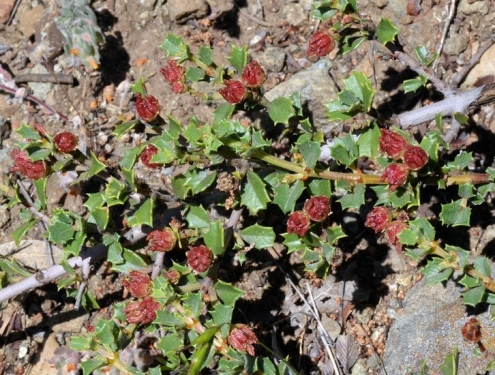
Sonoma Ceanothus, holly-like leaves, white blossoms. (calscape.org)
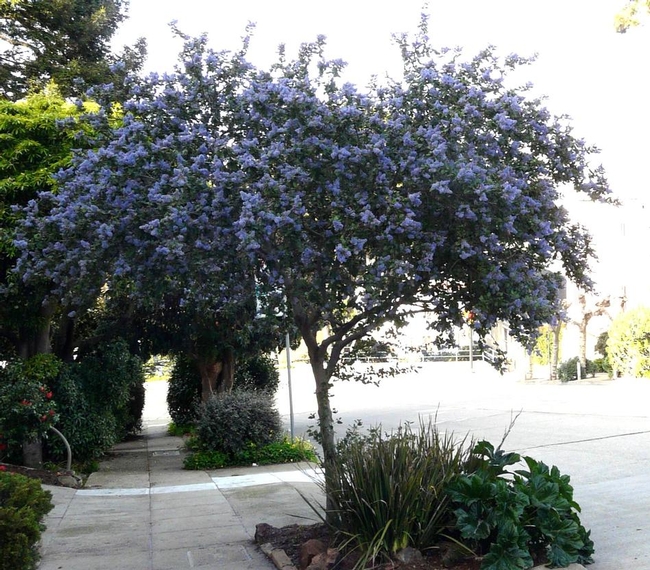
Ceanothus Ray Hartman, trained as a tree. (laspilitas.com)
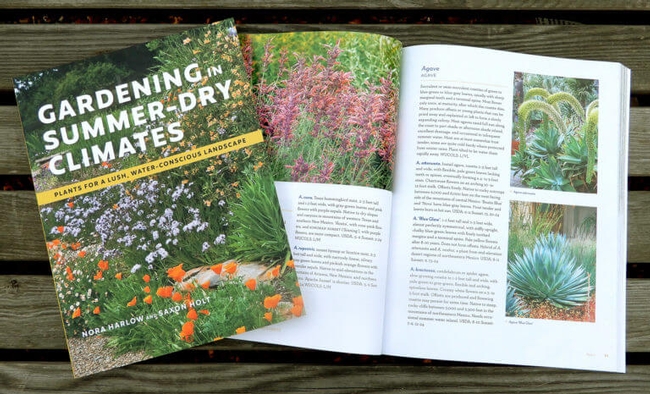
Gardening in Summer Dry Climates. (berkeleyhort.com)
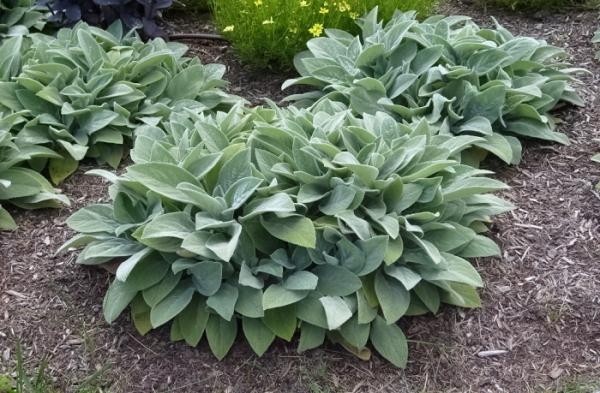
Lambs ears, compatible companion to Ceanothus. (extension.umass.edu)
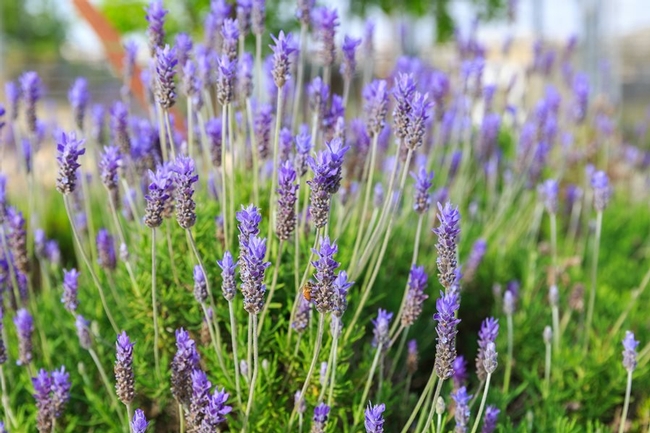
Lavender--Spanish or English, compatible companion to Ceanothus. (gardendesign.com)
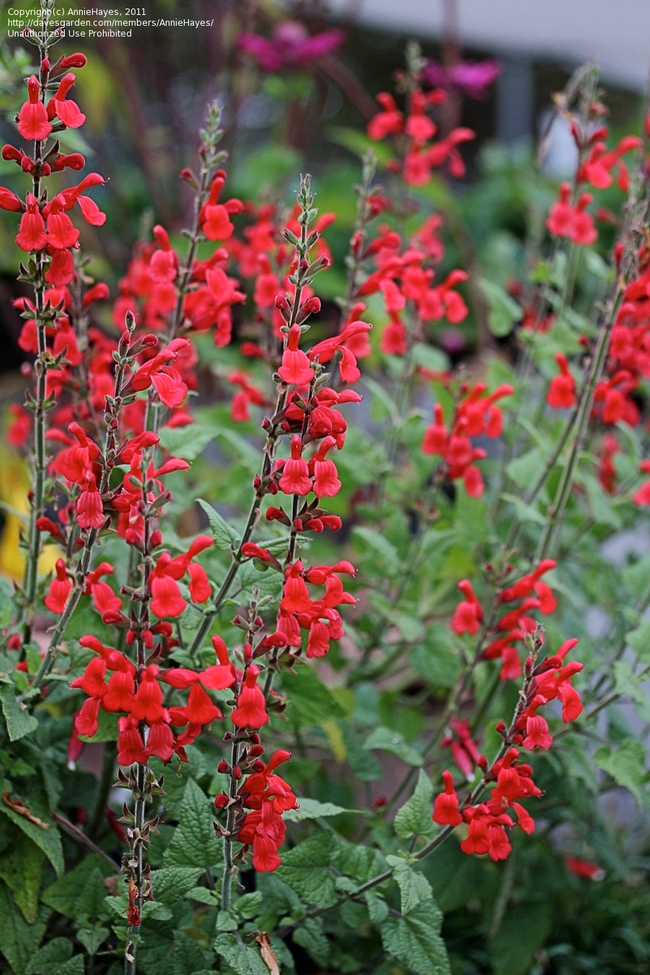
Sages and salvias, more compatible companions with Ceanothus. (davesgarden.com)
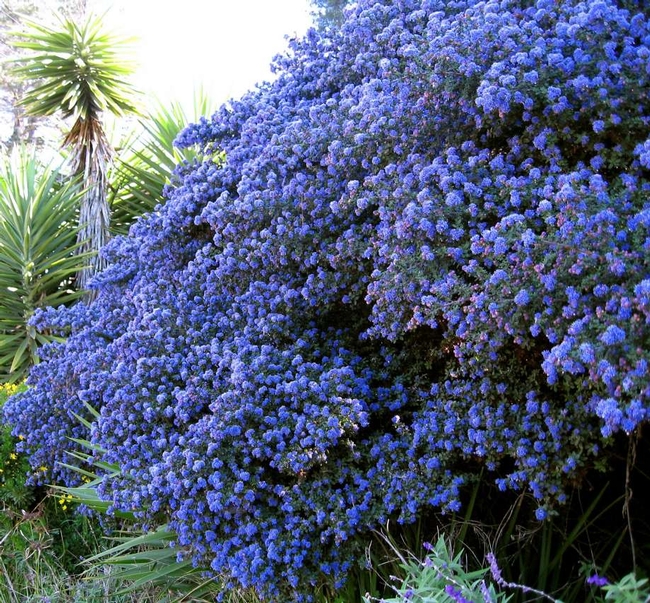
Leaving you with one more glorious photo of Ceanothus. (sfchronicle.com)